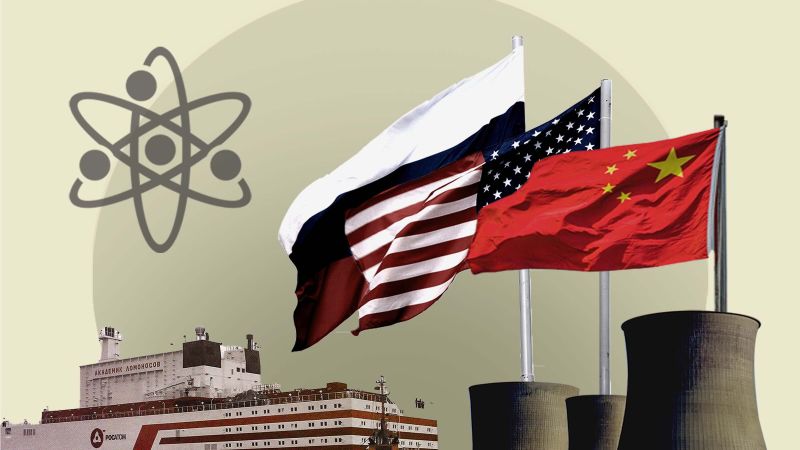Off the Siberian coast, not far from Alaska, a Russian ship has been docked at port for four years. The Akademik Lomonosov, the world’s first floating nuclear power plant, sends energy to around 200,000 people on land using next-wave nuclear technology: small modular reactors.
This technology is also being used below sea level. Dozens of US submarines lurking in the depths of the world’s oceans are propelled by SMRs, as the compact reactors are known.
SMRs — which are smaller and less costly to build than traditional, large-scale reactors — are fast becoming the next great hope for a nuclear renaissance as the world scrambles to cut fossil fuels. And the US, Russia and China are battling for dominance to build and sell them.



Can we not standardize the big ones? Their only dependent factor is a big enough water source for cooling, right? Everything else is just land space and supplies.
I think the scale of the projects and the amount of time it takes to build gives people time to work things in to the plans. I also imagine it’s affected by the local supply chain.
That being said I’m more on the fence about them after reading about some of the challenges involved in making them economical. Can you imagine a factory recall on a reactor part? And that’s not even talking about nuclear waste disposal which we still haven’t figured out reliably beyond “stick it over there and hopefully it won’t be a problem for a few hundred years.”
They also depend on a final nuclear disposal site.
The construction projects themselves also typically require upgrades to local infrastructure. I live near the failed nuclear project in SC and they had to upgrade rail infrastructure near my town, they had to build multiple new bridges over the railroad because the clearance wasn’t high enough for some of the prefabricated components that had to be transported to the site by rail, etc.
Yes and no. Currently the rules around nuclear plants are so strict that each installation becomes bespoke, because small changes that are the reality of construction need to get reapproved.
If regulatory bodies were more open to approving acceptable ranges, or being proactive in the design process we could have more standardized designs.
you absolutely can, problem is it’s just as hard as doing it with SMRs if not harder lol.
I think one of the differences is where the construction happens. SMR should be able to come from the factory in more complete modules, vs assembling everything in the field. While it could never do the volume to make it mass production, in theory you could get similar benefits from automation, repetition, controlled environment, etc. Meanwhile site assembly should be corresponding simpler